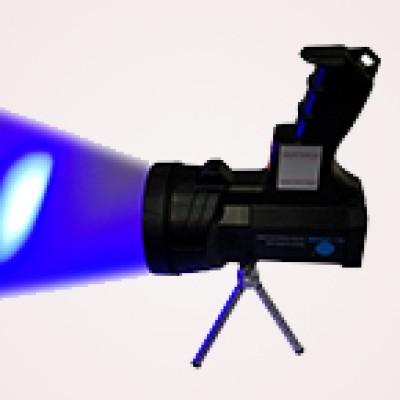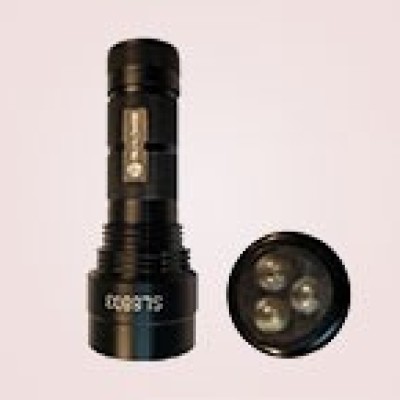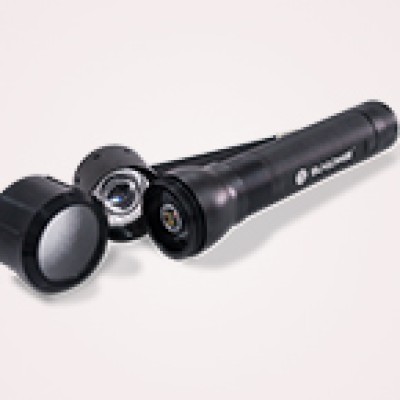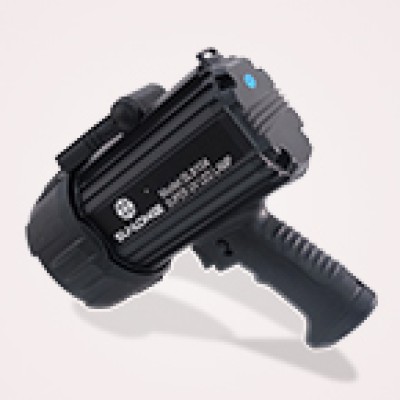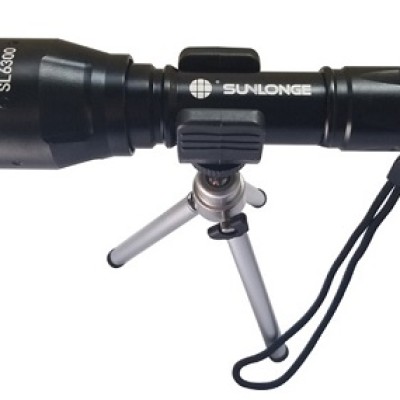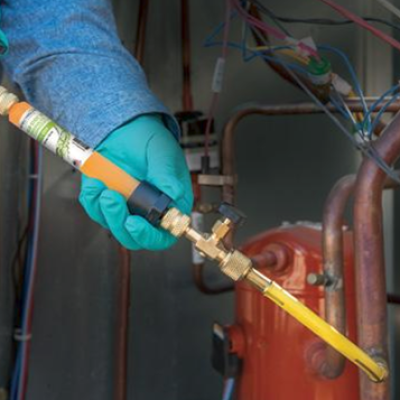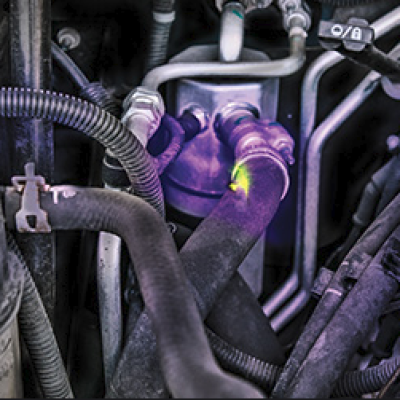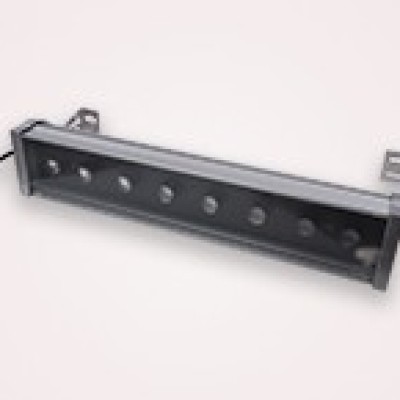Maintenance is essential part of owning a car. Caring for your vehicle can save your money. And can help it run for longer. The coolant is the effective way to keep your car’s engine from both freezing and overheating. It can also protect your engine from corrosive elements and improve its performance.
As the car aging, the coolant leaks may happen. If your car is losing engine coolant, you may have a coolant leak. Coolant leaks are a common issue, and they can cause serious damage to your vehicle’s engine if not addressed promptly.

One of the primary reason for an engine coolant leak is a damaged or broken component in the cooling system. Such as a radiator hose, water pump, or expansion tank. Coolant can leak from any of these parts, and it can sometimes be difficult to detect the source of the leaks.
It is not normal for engine coolant to leak, and you should address this issue as soon as possible to prevent further damage to your engine. Not only can an engine coolant leaks damage you car, but it can also create a hazard if the coolant spills onto the road, where it can freeze and cause accidents.
Before we dive into how to detect an engine coolant leak, let us first look at some signs that you may have a leak in the first place. Here are a few common signs: 1) low coolant level. If you find yourself frequently having to add more coolant, then it is likely there is a leak somewhere. 2) Overheating: If your engine is getting hot more quickly than usual or overheating, it may be due to a loss of engine coolant caused by a leak.
It is important to look out for these signs as they can indicate a possible coolant leak that needs to be addressed. Ignoring there symptoms can lead to serious engine damage or put you at risk of a breakdown on the road.

Considering the importance of coolant, it is critical to identify these leaks early on to prevent any further damage to your engine. However, it is tough for a even professional technician to identify engine coolant leaks.
With the right tools, the engine coolant can be quickly and easy identified. Sunlonge SL3100 is fluorescent UV dye for the water-based system. The application is quite easy and suitable for all the water systems. Just add the SL3100 UV dye to the system and circulated. The fluorescent UV dye will collect at all leaks site. The system will be inspected with a UV light. You can find the precious location of every leak with a bright glow. The fluorescent UV dye can remain in the system and does not affect the components or performance.
Following our simple maintenance tip and using UV dye for preventative maintenance will reduce the chance of total component failure. It is much easier and cheaper to find a small leak before it turns into a bigger problem.
 CN
CN

